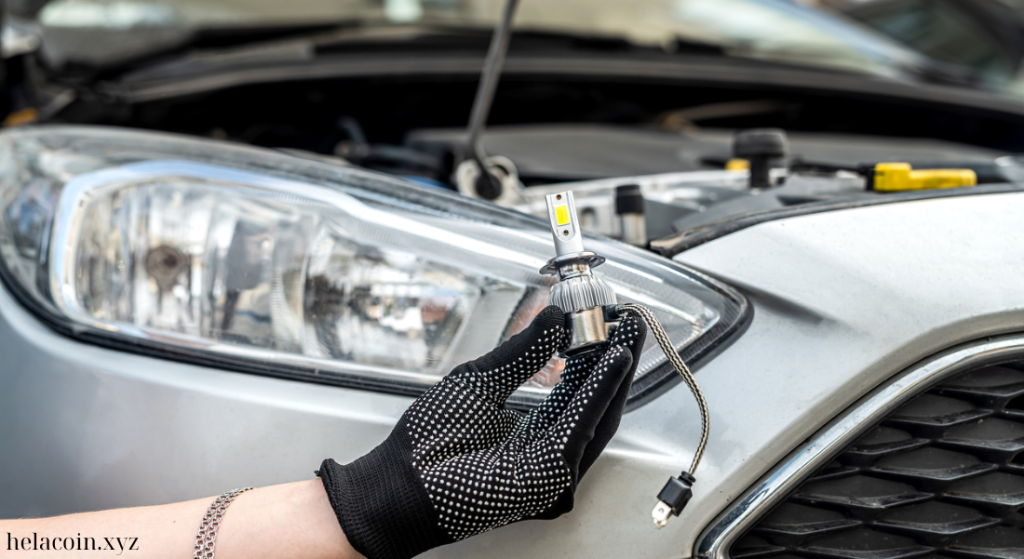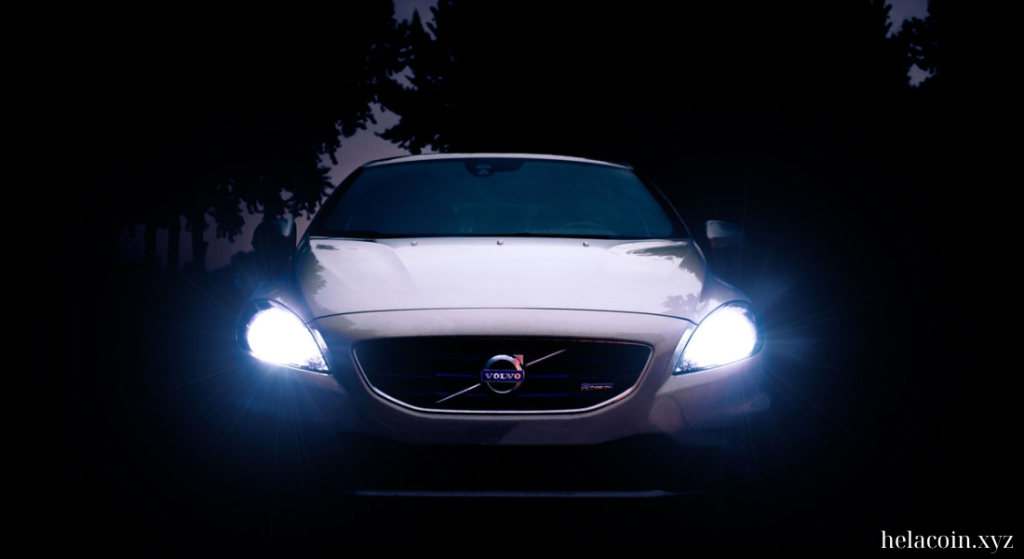Upgrading your vehicle’s headlights to LED technology can significantly improve your visibility on the road, enhancing safety for both you and other drivers. LED headlights provide brighter, more focused light compared to traditional halogen bulbs, making nighttime driving safer and more comfortable. This guide will help you understand the benefits of LED headlights, key features to consider when selecting them, and recommendations for the best LED headlights available on the market today.
Table of Contents
ToggleKey Highlights
- Understanding LED Headlights: What makes them different from traditional headlights?
- Benefits of Upgrading to LED Headlights: Why you should consider making the switch.
- Key Features to Look For: Essential specifications to consider when choosing LED headlights.
- Top LED Headlights on the Market: A review of some of the best options available.
- Installation Tips and Maintenance: Best practices for ensuring optimal performance.
1. Understanding LED Headlights
LED (Light Emitting Diode) headlights use semiconductor technology to produce light. Unlike traditional halogen bulbs, which rely on a filament and gas, LED headlights emit light when an electric current passes through a semiconductor material. This results in several advantages, including increased brightness, energy efficiency, and a longer lifespan.
Key Differences from Traditional Headlights
- Brightness: LED headlights are significantly brighter than halogen bulbs, providing better visibility at night and in poor weather conditions.
- Energy Efficiency: LEDs consume less power, which can reduce the load on your vehicle’s electrical system and improve fuel efficiency.
- Longevity: LED headlights typically last much longer than halogen bulbs, often rated for 25,000 hours or more, which means fewer replacements over the life of the vehicle.
2. Benefits of Upgrading to LED Headlights
Upgrading to LED headlights offers numerous advantages that enhance your driving experience and safety:
- Improved Visibility: The bright, white light produced by LEDs provides better contrast and visibility on the road, helping you see obstacles, road signs, and other vehicles more clearly.
- Reduced Eye Strain: LED headlights produce a more natural light spectrum, which can help reduce eye strain during nighttime driving compared to the yellowish light of halogen bulbs.
- Faster Response Time: The instant-on capability of LEDs means you have immediate illumination when you switch on your headlights, enhancing safety in low-light situations.
- Aesthetic Appeal: LED headlights give your vehicle a modern and stylish look, which can enhance its overall appearance.

3. Key Features to Look For
When choosing LED headlights for your vehicle, consider the following features:
- Brightness (Lumen Rating): Look for headlights with a high lumen output for maximum visibility. Typically, a lumen rating between 2,000 to 3,500 lumens is ideal for standard use.
- Color Temperature: LED headlights come in various color temperatures measured in Kelvins (K). A color temperature of around 5,000K to 6,000K provides a bright white light similar to daylight, improving visibility without being harsh on the eyes.
- Beam Pattern: Ensure that the LED headlights provide a well-defined beam pattern, which illuminates the road ahead without causing glare for oncoming traffic. Check for products that specify their beam pattern to ensure optimal performance.
- Compatibility: Make sure the LED headlights are compatible with your vehicle’s make and model. Check for any specific requirements or restrictions, including bulb size and fitting.
- Heat Dissipation: LEDs produce heat, and efficient heat dissipation is crucial for maintaining performance and extending the life of the headlights. Look for models with built-in cooling systems, such as fans or heat sinks.
- Easy Installation: Consider headlights that offer a plug-and-play installation process. This feature saves time and effort, allowing you to upgrade your headlights without the need for professional assistance.
4. Top LED Headlights on the Market
Here are some of the best LED headlights available today, known for their performance, durability, and effectiveness:
1. Hikari Ultra LED Headlight Bulbs
Hikari LED headlights offer an impressive brightness of up to 12,000 lumens per pair and a color temperature of 6,000K for a bright white light. Their advanced cooling design ensures a longer lifespan, making them a top choice for safety and visibility.
2. Beamtech H11 LED Headlight Bulbs
With a lumen output of 3,000 lumens per bulb and a 6500K color temperature, Beamtech’s H11 LED bulbs provide excellent visibility. Their compact design makes installation easy, and they feature a durable aluminum housing for heat dissipation.
3. SEALIGHT H11/H9/H8 LED Headlight Bulbs
These LED headlights deliver 2,000 lumens per bulb and a color temperature of 6,000K. SEALIGHT bulbs are known for their easy installation and excellent beam pattern, providing a wide and focused light output for enhanced road visibility.
4. Fahren H7 LED Headlight Bulbs
Fahren’s H7 LED headlights boast 6,000 lumens of brightness per pair and a lifespan of over 50,000 hours. Their advanced cooling system prevents overheating, ensuring reliable performance and longevity.
5. AUXITO H4/9003 LED Headlight Bulbs
With a lumen output of 4,000 lumens per bulb and a color temperature of 6,000K, AUXITO LED headlights provide bright, clear light for improved visibility. Their plug-and-play design makes installation simple and straightforward.
5. Installation Tips and Maintenance
To ensure your LED headlights perform optimally, consider the following installation tips and maintenance practices:
- Read the Instructions: Always refer to the manufacturer’s installation guide for specific instructions on how to install your LED headlights correctly.
- Ensure Proper Alignment: After installation, check the alignment of your headlights to ensure the beam pattern is correct. Misaligned headlights can cause glare for other drivers and reduce your visibility.
- Clean the Lenses: Regularly clean your headlight lenses to remove dirt, grime, and other contaminants. This will help maintain brightness and improve visibility.
- Check Compatibility: If you experience flickering or dimming, verify that the LED headlights are compatible with your vehicle’s electrical system. Some vehicles may require additional components, such as resistors or adapters.
- Monitor Performance: Pay attention to how well your LED headlights perform over time. If you notice a decrease in brightness or any unusual behavior, consider consulting a professional for further inspection.
Conclusion
Upgrading to high-quality LED headlights is one of the best ways to enhance your vehicle’s safety on the road. With their superior brightness, energy efficiency, and longevity, LED headlights offer significant advantages over traditional halogen bulbs. By understanding the features to look for and selecting the right products, you can ensure that your vehicle is equipped with reliable lighting that maximizes visibility and improves overall driving safety.
FAQ
- Are LED headlights brighter than halogen bulbs?
Yes, LED headlights are typically much brighter than halogen bulbs, providing better visibility and safety on the road. - Do I need a professional to install LED headlights?
Most LED headlights are designed for easy installation and can often be done by the vehicle owner without professional help, although some may require specific tools or modifications. - What color temperature is best for LED headlights?
A color temperature between 5,000K and 6,000K is ideal, as it produces a bright white light similar to daylight, improving visibility and reducing eye strain. - How long do LED headlights last?
LED headlights have a significantly longer lifespan than traditional bulbs, often lasting over 25,000 hours or more with proper use. - Will LED headlights cause issues with my vehicle’s electrical system?
In most cases, LED headlights are compatible with modern vehicles. However, some older models may require additional components to prevent flickering or dimming.

